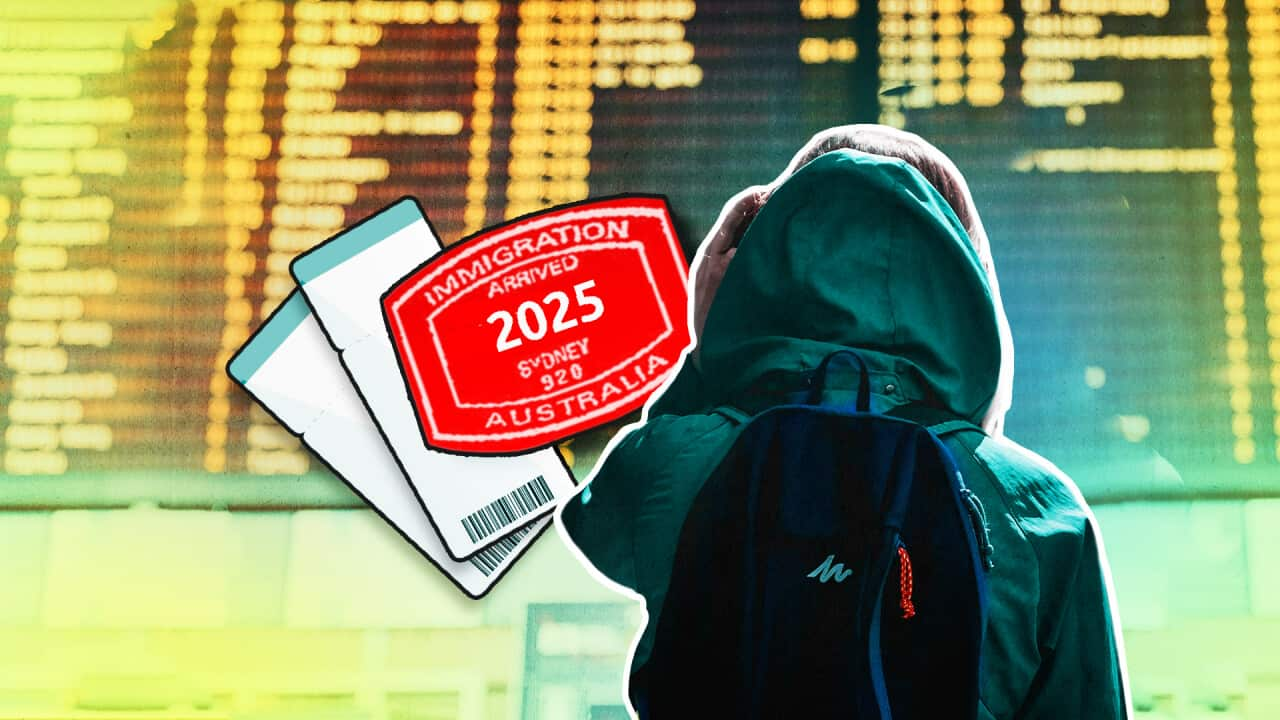Ukraine has pushed back at "apocalyptic predictions" over a potential Russian invasion, after US officials sounded dire warnings that Moscow had stepped up its preparations for a major incursion.
US officials said the Kremlin has assembled 110,000 troops along the border with its pro-Western neighbour but intelligence assessments have not determined whether President Vladimir Putin has actually decided to invade.
The Russian force amassed on the frontier is growing at a rate that would give Mr Putin the firepower he needs for a full-scale invasion - some 150,000 soldiers - by mid-February, US officials have said.
They assess that Mr Putin wants all options at his disposal, from a limited campaign in the pro-Russian Donbas region of Ukraine to a full-scale invasion.
Russia denies that it is planning an incursion into Ukraine.
"Do not believe the apocalyptic predictions. Different capitals have different scenarios, but Ukraine is ready for any development," Ukraine's Foreign Minister Dmytro Kuleba wrote on Twitter.
"Today, Ukraine has a strong army, unprecedented international support and the faith of Ukrainians in their country. It is the enemy who should fear us."
Presidency advisor Mykhailo Podolyak insisted that the chances of finding a diplomatic solution to the crisis remained "substantially higher than the threat of further escalation".
Kyiv - backed up by some European allies - has consistently sought to play down fears of an imminent attack as it tries to prevent further harm to its struggling economy.
Mr Podolyak said the latest Russian moves were "no surprise" as Moscow has sought to keep up pressure on Kyiv by conducting large-scale troop rotations, manoeuvres and weapon deployments on a regular basis since massing forces at the border last spring.
"How long will such Russian activity last and for what purpose is it maintained? Only the Kremlin can know the exact answer to this question," he said.
European diplomatic push
The stark warnings from the US - part of a deliberate attempt from Washington to pre-empt any Russian actions - come as Europe pushes to defuse the crisis.
French President Emmanuel Macron heads to Moscow on Monday and Kyiv on Tuesday seeking to de-escalate the crisis and push forward a stalled peace plan for the festering conflict with Russian-backed separatists in eastern Ukraine.
German Chancellor Olaf Scholz will also visit the region for talks with Putin and Ukrainian President Volodymyr Zelensky the following week in a bid to further the diplomatic efforts.
US officials said if Moscow does opt for a full-scale attack, the invading force could take the capital Kyiv and topple Zelensky in a matter of 48 hours.
They estimated such an attack would leave 25,000 to 50,000 civilians dead, along with 5,000 to 25,000 Ukrainian soldiers and 3,000 to 10,000 Russian ones.
It could also trigger a refugee flood of one to five million people, mainly into Poland, the officials added.
President Joe Biden has reacted to the buildup by dispatching some 3,000 American forces to bolster NATO's eastern flank, with a new batch of US soldiers arriving in Poland on Sunday.
Mr Scholz said Berlin was prepared to send extra troops to the Baltics in addition to 500 soldiers already stationed in Lithuania under a NATO operation.
Moscow has issued demands for NATO to guarantee that Ukraine will not enter the alliance and to withdraw forces from member states in eastern Europe.
But US National Security Advisor Jake Sullivan told Fox News Sunday that Mr Biden "is not sending forces to start a war or fight a war with Russia in Ukraine".
"We have sent forces to Europe to defend NATO territory," he said.

A large contingent of US troops landed in Poland on 6 February 2022 as part of a reinforcement due to tensions with Russia. Source: AFP
Special forces, naval buildup
US intelligence has concluded that Russia is continuing to muster a major military force on its border with Ukraine.
Two weeks ago, a total of 60 Russian army battalions were positioned to the north, east and south of Ukraine, particularly in the Crimean peninsula, which Russia annexed after an invasion in 2014.
By Friday, there were 80 battalions and 14 more were en route from elsewhere in Russia, US officials said.
They added that some 1,500 Russian special forces soldiers known as Spetsnaz arrived along the Ukraine border a week ago.
Russia has also announced what it calls joint military manoeuvres with Belarus, where it has sent several battalions to the north of Kyiv.
A major Russian naval force is also positioned in the Black Sea, equipped with five amphibious vessels that could be used to land troops on Ukraine's southern coast, the US officials said.
They added that another six amphibious craft were observed leaving apparently on their way to the Black Sea.
In other deployments, Russia has positioned fighter planes near Ukraine, as well as bombers, missile batteries and anti-aircraft batteries, US officials said.









